Boning Knife vs Fillet Knife: Key Differences & Uses Explained
Hey everyone! Today, we’re talking about two handy kitchen tools: the boning knife and the fillet knife. If you like cooking meat or fish, you’ve probably heard of them. But what’s the difference? Let’s make it easy to understand.!
They look similar, right? But they do very different jobs. If you enjoy cooking, especially meat or fish, you’ll want to know this. A boning knife is sturdy and great for taking meat off bones.
Think chicken, beef, or pork. A fillet knife? It’s thin and bendy, perfect for fish. It helps you get those clean fillets, skin and all. So, let’s make it simple and see how each knife makes cooking easier.
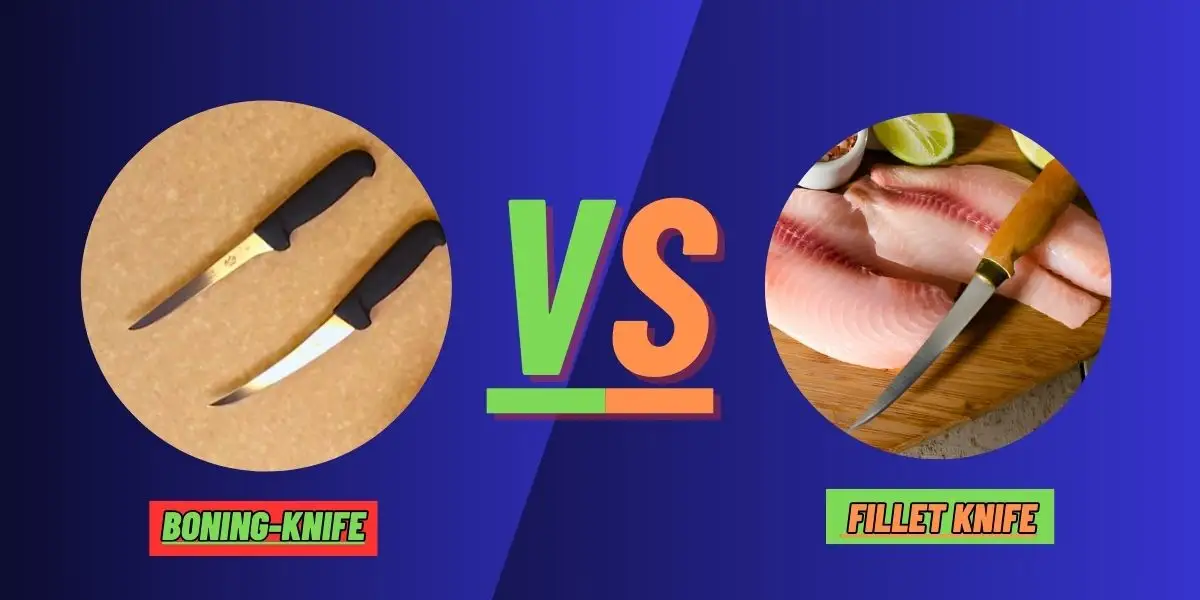
What is a Boning Knife?
A boning knife is your kitchen’s sturdy partner for tackling meat. Its primary job is to separate meat from bones. Unlike its flexible cousin, the fillet knife, a boning knife boasts a strong, stiff blade.
This rigidity lets you precisely navigate around bones, preventing the blade from bending or breaking. Whether breaking a chicken, trimming a pork loin, or preparing a roast, the boning knife’s design control and power. It’s the go-It’sool for tasks that demand strength and accuracy in meat preparation.
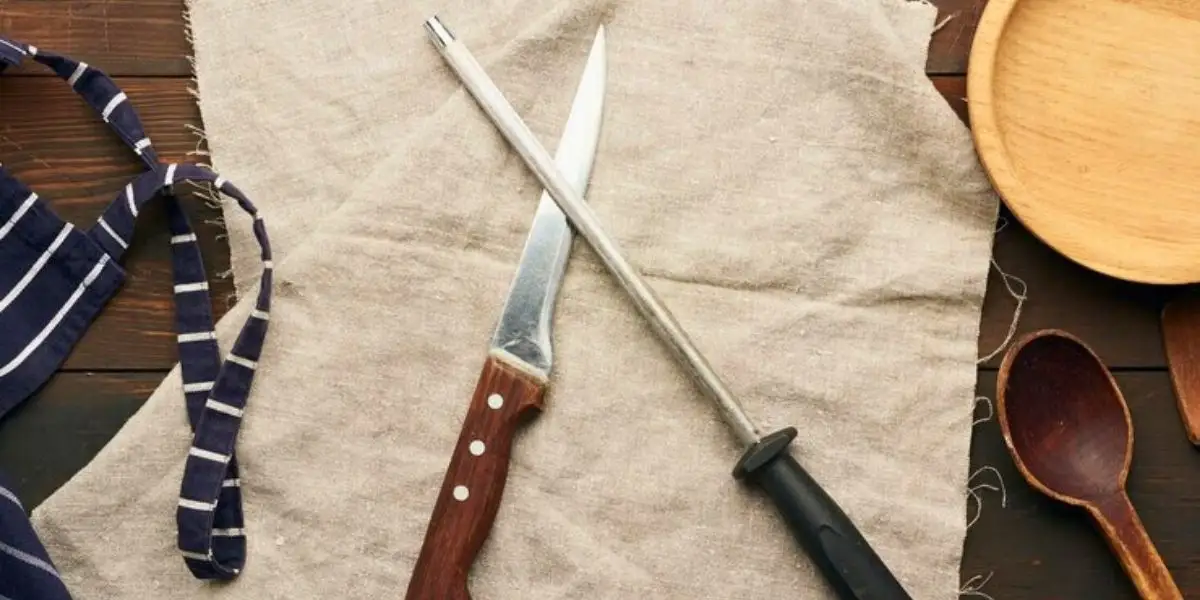
What is a Fillet Knife?
A fillet knife is a specialized kitchen tool designed for precision. Its defining feature is a long, slender, and highly flexible blade. This flexibility allows it to follow the contours of fish, making it ideal for removing skin and bones with minimal waste.
Think of it as a gentle, responsive tool that moves with the fish’s natural shape. The thin blade slices smoothly, creating clean, even fillets. Whether working with delicate soles or firm salmon, a fillet knife enables you to achieve professional-quality results. Its purpose is to maximize yield and minimize damage to the delicate flesh.
Related: How to Sharpen a Rapala Fillet Knife
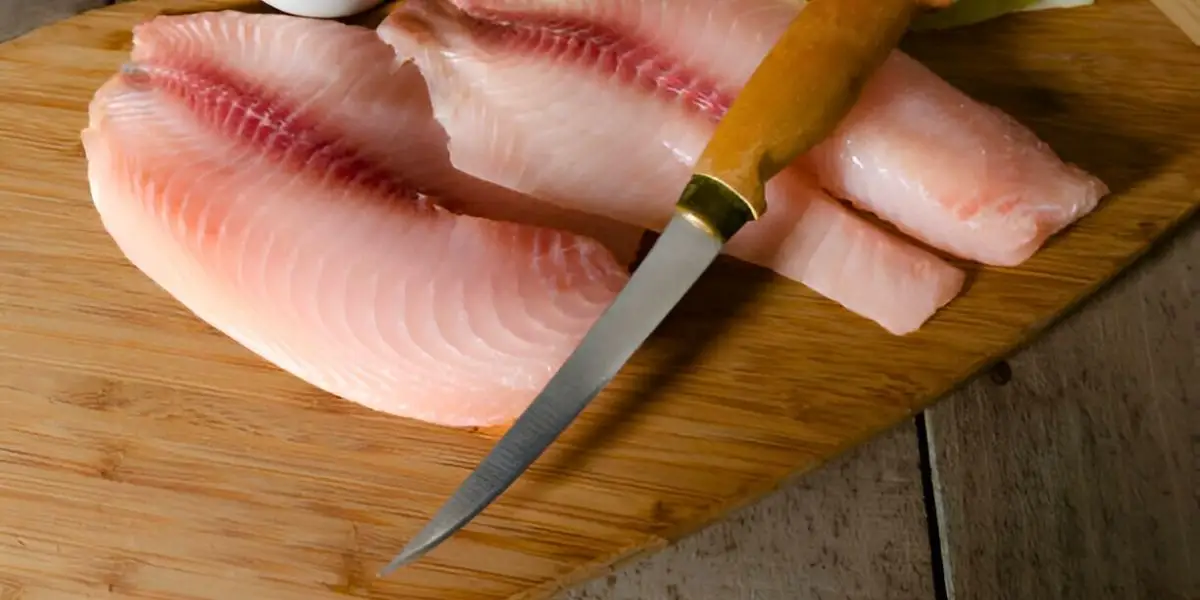
Boning Knife vs Fillet Knife: The Main Differences
Let’s look at the main things that make these knives different.
Feature | Boning Knife | Fillet Knife |
Blade Flexibility | Stiff or semi-flexible | Highly flexible for delicate cuts |
Blade Shape | It can be curved or straight | Long, thin, and curved |
Best Use | Removing bones from meat like chicken, beef, and pork | Removing skin and bones from fish |
Blade Length | Typically, 5 to 7 inches | Usually 6 to 9 inches |
Material | Harder steel for durability | Thinner steel for flexibility |
Precision | Suitable for cutting around rigid bones | Ideal for smooth, precise cuts on fish |
Common Brands | Victorinox, Wüsthof | Rapala, Dalstrong |
This table makes it easy for readers to compare both knives quickly. Let me know if you’d like any changes!
Boning Knife vs Fillet Knife: When to Use Which
It’s important to know when to use each knife.
Using a Boning Knife
If you cook chicken, beef, or pork, a boning knife is handy. It helps you cut around the bones. It is made to go around joints quickly. You can use it to prepare meat, cut cooked meat, and remove skin and fat. It is a strong knife. It makes cutting meat easier. You can use it to make smaller pieces of meat. It is suitable for many kinds of meat.
Using a Fillet Knife
When you cook fish, a fillet knife is your best choice. It’s made to take skin and bones off fish without making the fish fall apart. The knife is thin and bendy. This helps it move along the fish’s body. You can make smooth, clean cuts.
It enables you to get fish ready for cooking. You can create lovely, thin pieces of fish called fillets. It works well for all kinds of fish. If you want good-looking fish pieces, use a fillet knife. It makes cooking fish easier and better.
Why Blade Flexibility Matters
When discussing a boning knife and a fillet knife, how the blade bends is a big deal. A fillet knife has a blade that turns a lot. This is because fish are soft and delicate.
A knife that bends lets you follow the fish’s shape. A stiff knife would rip the fish apart. You need a gentle, bendy knife to make nice, clean cuts.
Read know: How to Polish a Knife Blade.
On the other hand, a boning knife is made to be strong and stiff. This is because meat like beef or pork is tough, and you need a strong knife to cut through it. A bendy knife would not work well on tough meat. It would bend too much and not cut properly.
So, the stiffness of a boning knife helps you cut the meat off bones quickly and safely. Each knife has the right amount of bend to be suitable for its job.
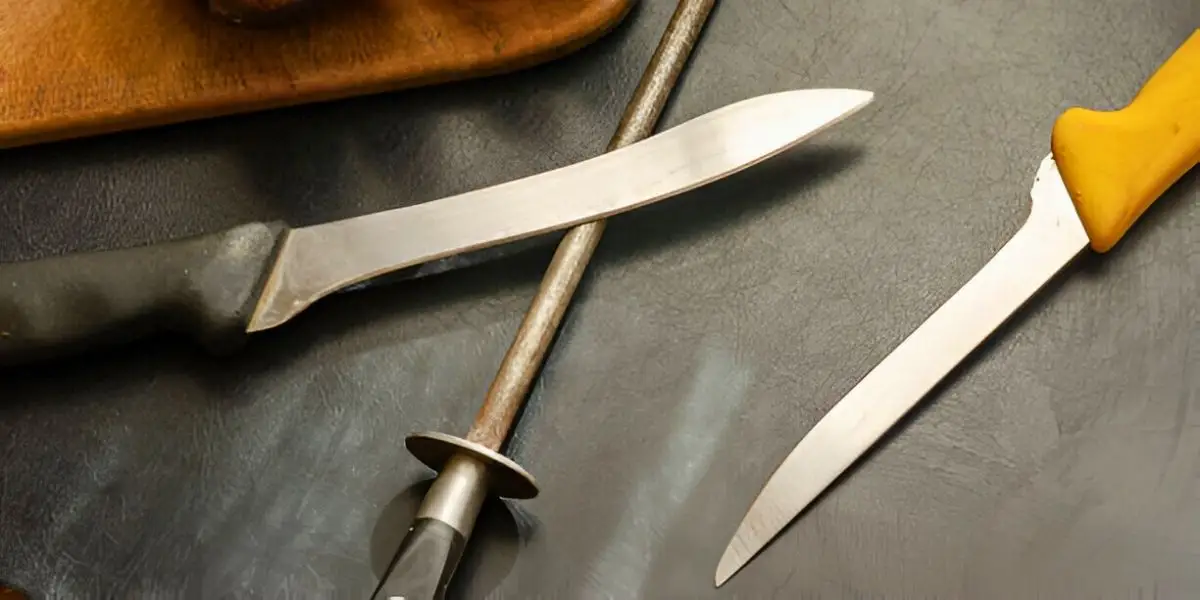
Blade Shape and Size
When you look at a boning knife and a fillet knife, you’ll see they have different shapes and sizes. Boning knives come in many sizes. You can find short ones and long ones. The size you pick depends on what kind of meat you are working with. For example, a more significant piece of meat needs a bigger knife.
Fillet knives are mostly long and thin. This shape helps you make smooth, long cuts. It is suitable for taking the skin and bones off fish. The long, thin blade makes it easy to get clean slices.
Taking Care of Your Knives
It’s essential to take care of your knives.
- Wash knives with soap and water after each use.
- Dry knives with a towel right away to prevent rust.
- Keep knives sharp using a knife sharpener.
- Store knives safely in a knife block or sheath.
- Proper care makes knives last longer.
- Clean, dry, sharp, and safe knives are good kitchen tools.
Boning Knife vs Fillet Knife: Which One Do You Need?
Do you need a boning knife or a fillet knife? It depends on what you cook. If you often cook meat like chicken or beef, a boning knife is best. It helps you cut around bones. If you often cook fish, a fillet knife is needed.
Read the following: What type of knife is used to cut raw chicken breast?
It enables you to take off skin and bones. Having both knives is a good idea if you cook meat and fish. Each knife does a different job. One is for meat, and one is for fish. Choose the knife that fits your cooking.
Choosing the Right Knife
Picking the right knife means checking how it feels. Hold it in your hand. Does it feel comfortable? Next, look at the blade. A boning knife should be strong, while a fillet knife should bend easily. Think about what you will cut.
If you cut meat, get a boning knife. If you cut fish, get a fillet knife. The right knife makes cooking easier. Good knives are safe and last a long time. Choose a knife that fits your hand and your cooking needs.
Final Thoughts
Both boning knives and fillet knives are helpful kitchen tools. They help you cook meat and fish better. Knowing the difference enables you to choose the right knife for the job.
I hope this helps you understand the difference between a boning knife and a fillet knife. Now you can cook better!
Frequently Asked Questions (FAQs)
A boning knife is strong and stiff, used to cut meat off bones. A thin, bendy fillet knife is used to remove skin and bones from fish.
You can, but it's harder. A boning knife is not as flexible, so it might tear the fish.
You can, but it might bend too much. A fillet knife is made for soft fish, not tough meat.
You can use a knife sharpener. There are many kinds, like sharpening stones or electric sharpeners.
Wash them with soap and water. Dry them right away. Do not leave them wet.
Use a knife block or a sheath. This keeps them safe and stops them from getting damaged.
It depends on what you cook. If you cook meat, a boning knife is better. If you cook fish, a fillet knife is better.
It needs to move with the fish. This helps you take off the skin and bones without ruining the fish.
If you cook both meat and fish often, yes. If you only cook one, then just get the knife you need.
Make sure it feels good in your hand. Check the blade. It should be strong or bendy, depending on the knife.
Related Posts
-
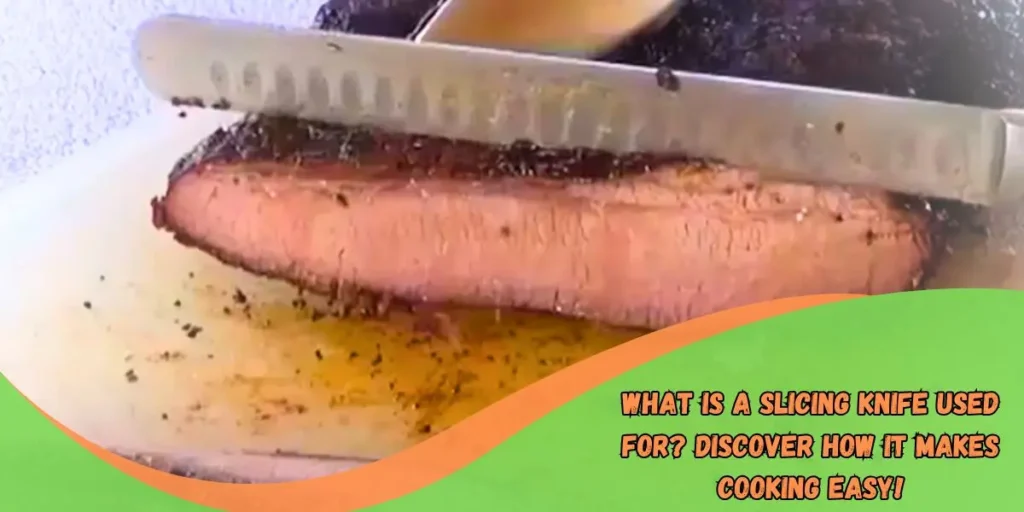 What Is a Slicing Knife Used For? Discover How It Makes Cooking Easy!
What Is a Slicing Knife Used For? Discover How It Makes Cooking Easy! -
 What knives does Gordon Ramsay use? Check out his premium knives
What knives does Gordon Ramsay use? Check out his premium knives -
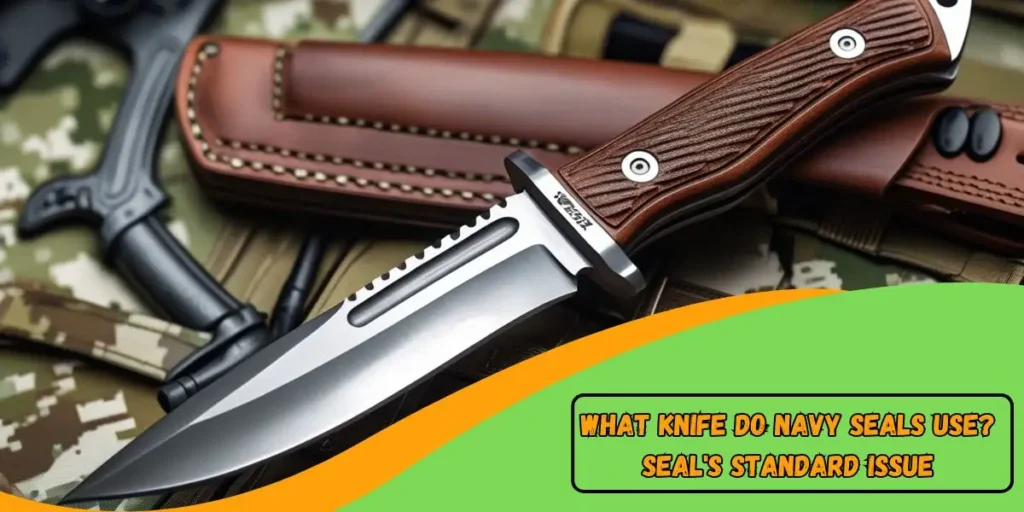 What Knife Do Navy Seals Use? SEAL's Standard Issue 2025
What Knife Do Navy Seals Use? SEAL's Standard Issue 2025 -
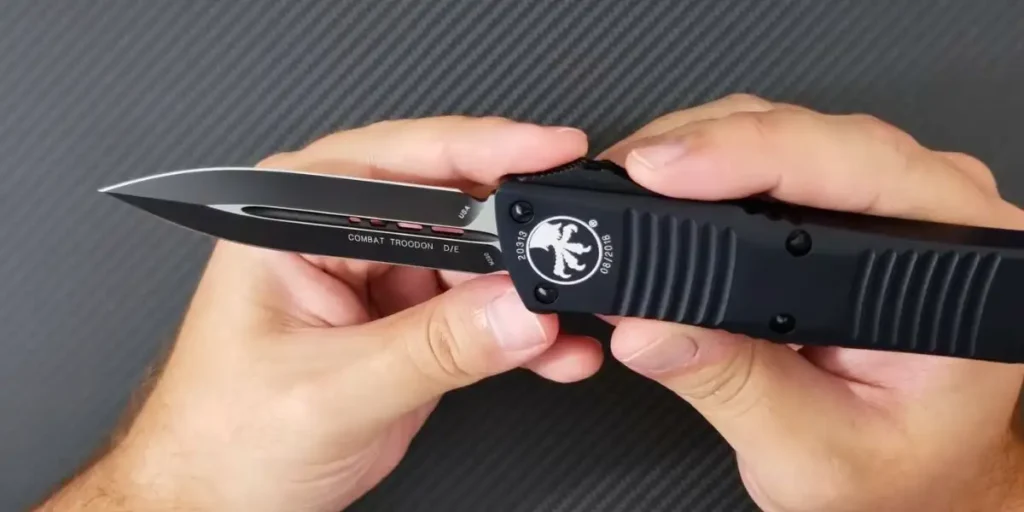 What Knife Does John Wick Use? Learn About His Deadly Blade
What Knife Does John Wick Use? Learn About His Deadly Blade -
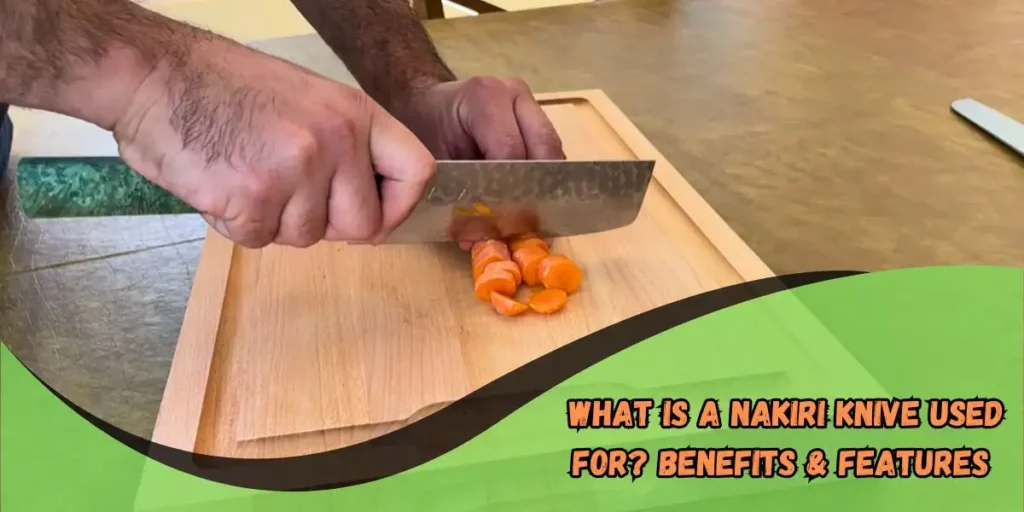 What is a Nakiri Knives Used For? Benefits & Features Explained
What is a Nakiri Knives Used For? Benefits & Features Explained -
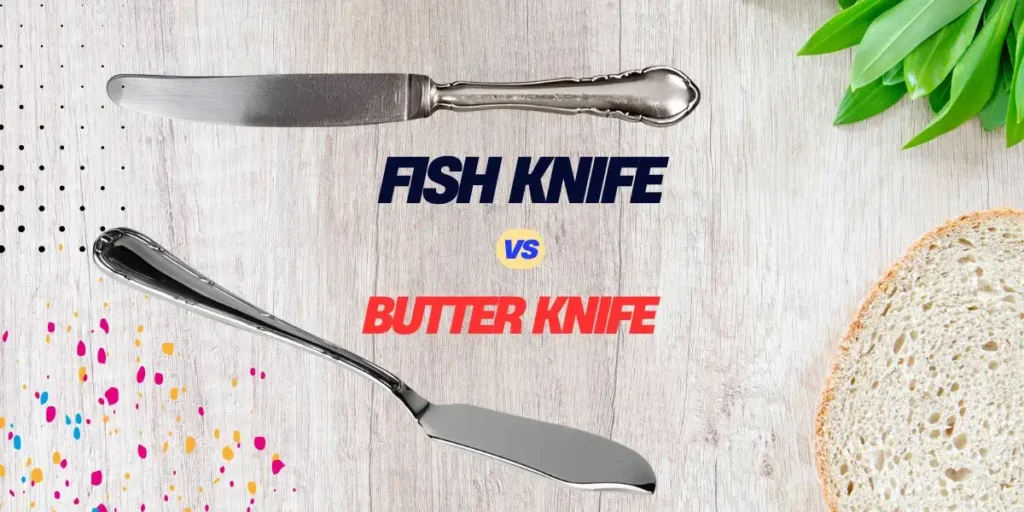 Fish Knife vs Butter Knife: Key Differences and Uses Explained
Fish Knife vs Butter Knife: Key Differences and Uses Explained -
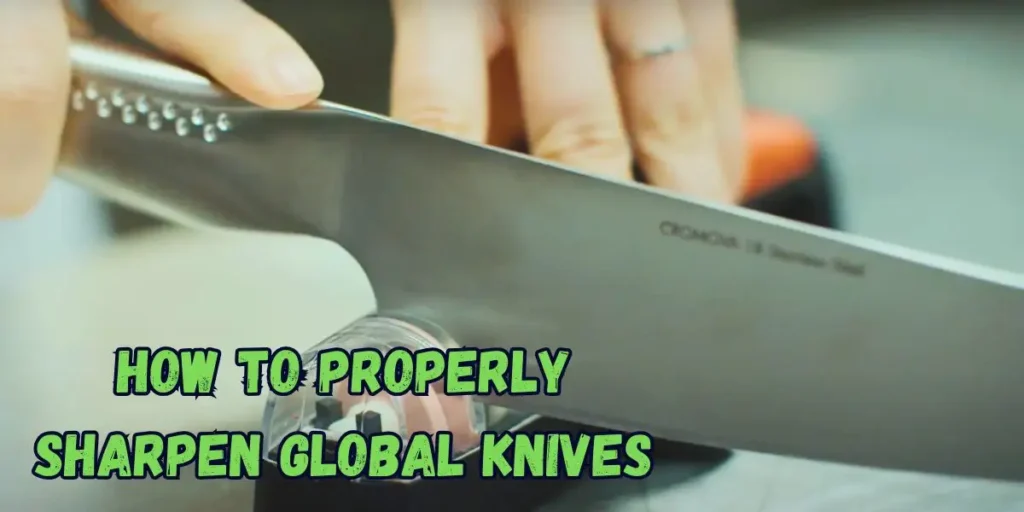 How to Sharpen Global Knife: A Quick Guide 2025
How to Sharpen Global Knife: A Quick Guide 2025 -
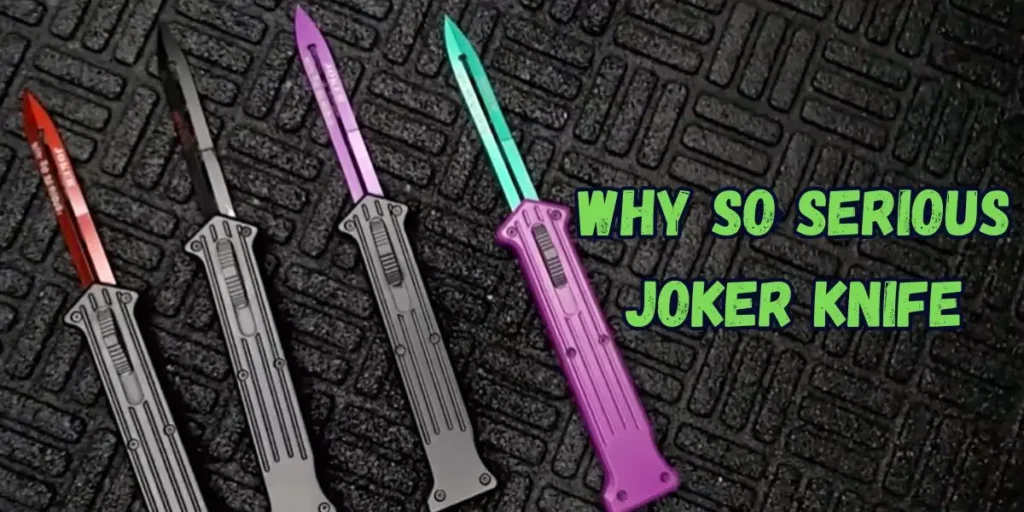 Decoding the Iconic Why So Serious Joker Knife
Decoding the Iconic Why So Serious Joker Knife -
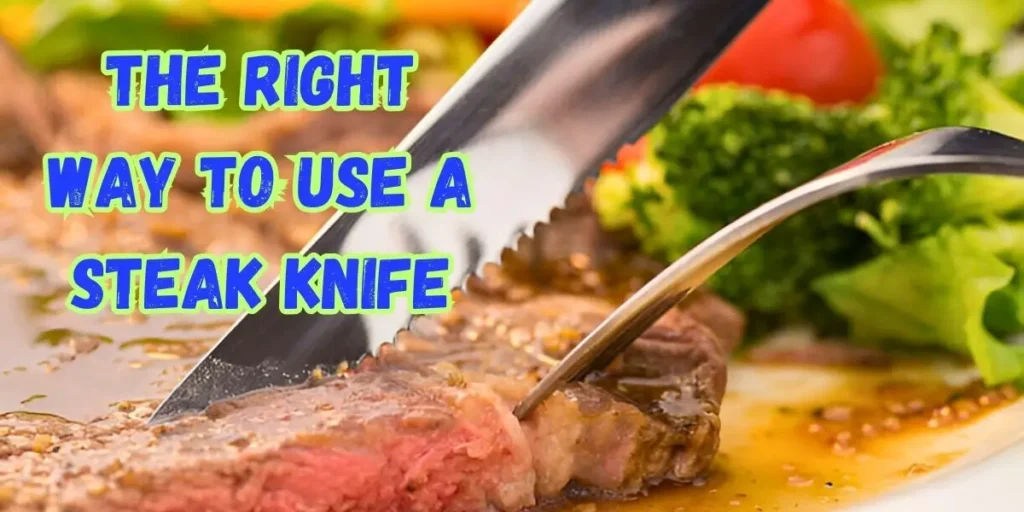 The Right Way to Use a Steak Knife: Tips and Tricks
The Right Way to Use a Steak Knife: Tips and Tricks -
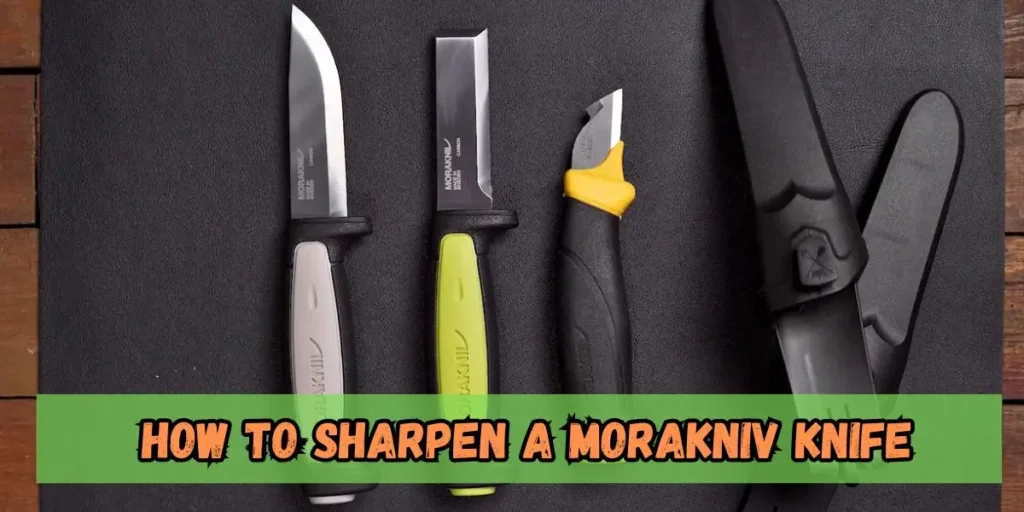 How to Sharpen a Morakniv Knife Safely and Effectively
How to Sharpen a Morakniv Knife Safely and Effectively

